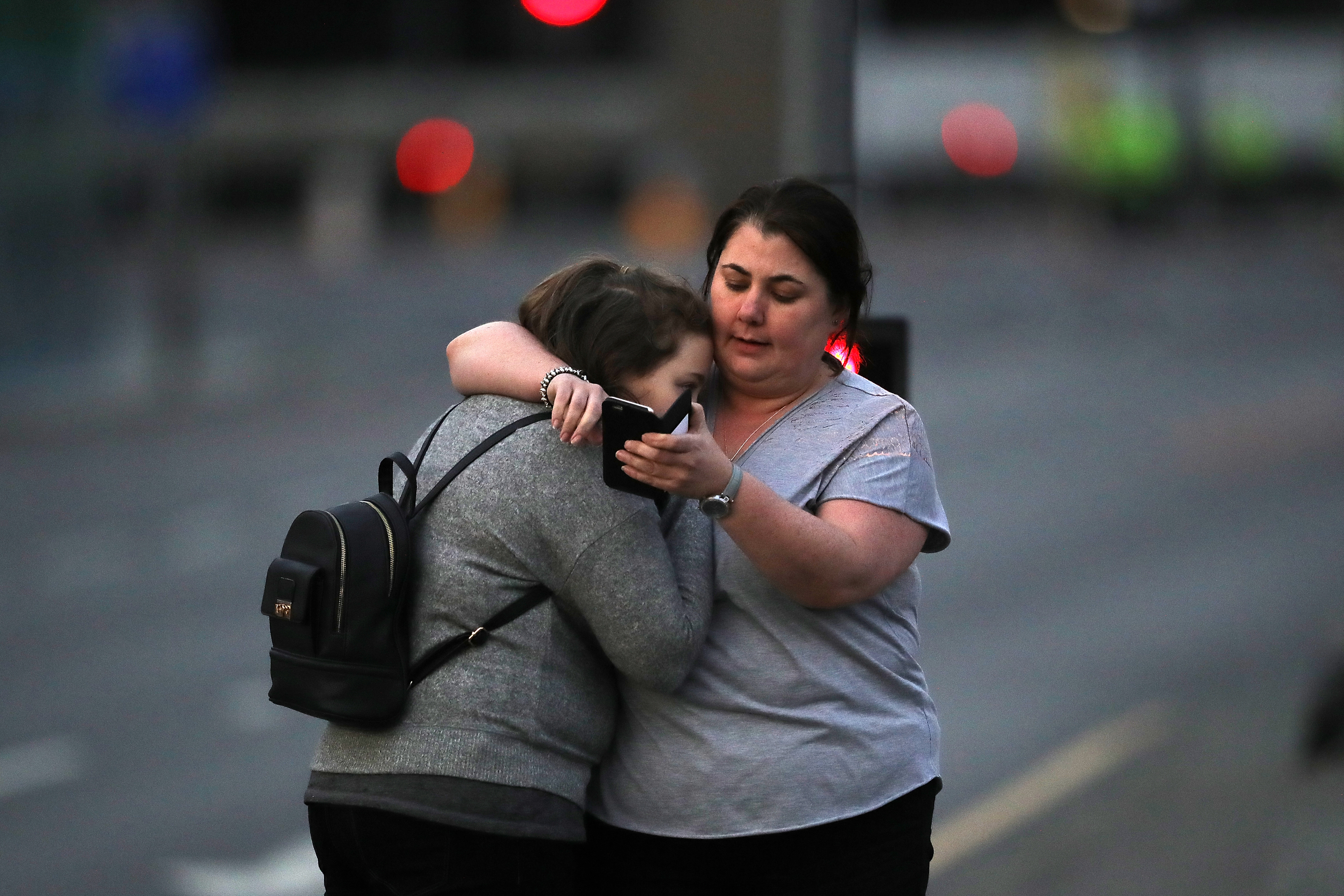Phillips O’Brien is the Professor of Strategic Studies at St Andrews University’s School of International Relations. Here he examines the implications of the Manchester attack
The tragic attack in Manchester is not the first and it will not be the last. If, as it seems likely, the deadly explosion at the Ariana Grande concert in Manchester last night turns out to be the work of a suicide bomber; we should mourn the dead, help the injured, counsel the grieved and not do anything stupid.
What the last decade and a half have shown is that these events are now part of life, not just in major western cities such as Paris, Berlin, Boston or London, but throughout the world in Mumbai, Lagos or Hotan. What they are not, are incidents who likelihood (or not) is related to some instant response or lashing out.
At this point the roots of what is occurring in this ongoing “war”, be it in Syria, Yemen, Nice or Manchester are so convoluted that explanation is extremely difficult.
What can be argued, however, is that instant military response or immediate escalation of violence in reaction to these attacks has achieved little or nothing, and might even be counterproductive.
Over the last 15 years, the United States, the United Kingdom and their allies have waged an ongoing war, with moments of escalation and extreme force, and yet the “enemy” adapts, changes shape and continues to attack.
Even if, as is very possible, the attacker in this case has pledged their loyalty to ISIS, there is no evidence that filling the Syrian desert with more military ordnance will make our lives any safer — and it could true that the opposite is the case.
On the other hand, what we must always keep in mind is that we in the west live lives or extraordinary safety in relative and historical terms.
These incidents are terrible, and they happen with was seems to be a drip-drip regularity. However, they lead to a very small number of deaths compared to the most mundane of activities.
In the United States it was recently calculated that over the last 20 years (including the attacks on 9/11) Americans were more likely to be killed by lightning, or indeed by their own clothes melting or igniting, than by a terrorist attack launched by a non-US citizen.
So mourn, yes. Condemn, yes. But let’s not start dropping bombs because it makes us feel we must do something.





